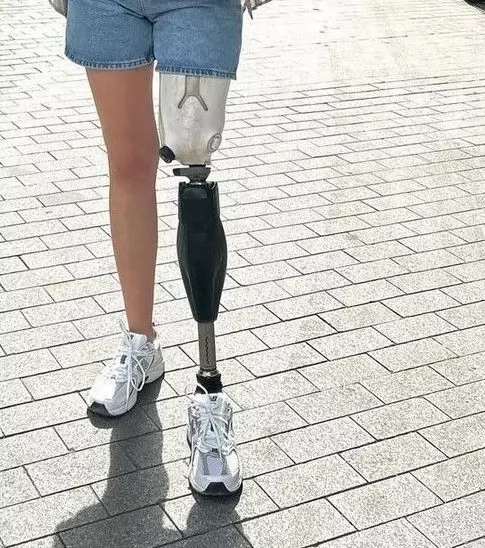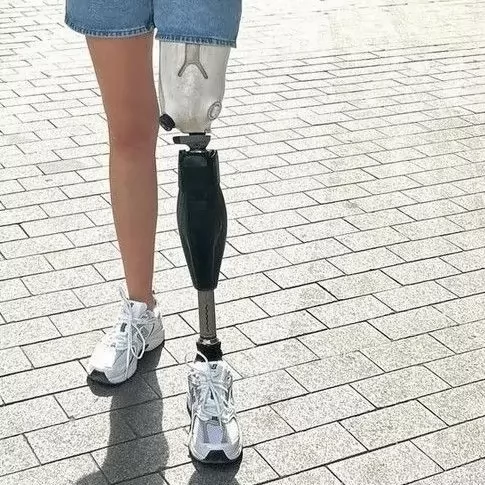Above Knee (Transfemoral) Prostheses
Product Categories
Above Knee (Transfemoral) Prostheses
TRANSFEMORAL PROSTHESES
Transfemoral prostheses, also known as above-knee prostheses, are used after amputation involving the knee joint and the thigh. These prostheses are applied following amputations above the knee joint and are typically preferred when the knee joint, femur (thigh bone), and surrounding muscles are lost.Components of Transfemoral Prostheses:
Socket: The socket, customized according to the user’s amputation level, is the main part that connects the prosthesis to the leg. It is usually made from silicone or elastomeric materials to increase comfort.Attachment Systems: The prosthetic socket is connected to the hip area and is typically secured using vacuum systems, straps, or pin locks.
Knee Joint Mechanism: The knee joint is a crucial component in transfemoral prostheses. It ensures movement, safety, and balance for the prosthesis user. Mechanical, hydraulic, or microprocessor-controlled systems may be used. Microprocessor knees adapt to the user’s gait, providing more natural and controlled movements.
Foot Component: The foot part of the prosthesis is selected based on the individual’s lifestyle and activity level. Options include solid feet, energy-storing feet, or running prostheses.
Advantages of Transfemoral Prostheses:
High Functional Capacity: Mechanical and microprocessor knee systems offer users a natural gait and active lifestyle.Aesthetics and Comfort: A well-designed transfemoral prosthesis can be aesthetically pleasing and allow comfortable movement.
Range of Motion: Although the knee joint is lost, the prosthesis can enable a greater range of motion, especially for sitting and standing.
Rehabilitation and Adaptation:
Using a transfemoral prosthesis can significantly improve a person’s quality of life, but adapting to the prosthesis is important. Rehabilitation focuses on walking techniques, balance exercises, and performing daily activities. Prosthetists and physiotherapists provide the necessary training and guidance to help users use their prosthesis most effectively.Transfemoral prostheses offer an important solution for individuals seeking a more independent life after leg amputation, but proper prosthesis selection and professional guidance are crucial for success.


